Tattoos on 2,000-Year-Old Siberian Woman Features Decorations of Leopards, Deer and a Mythical Creature: Research
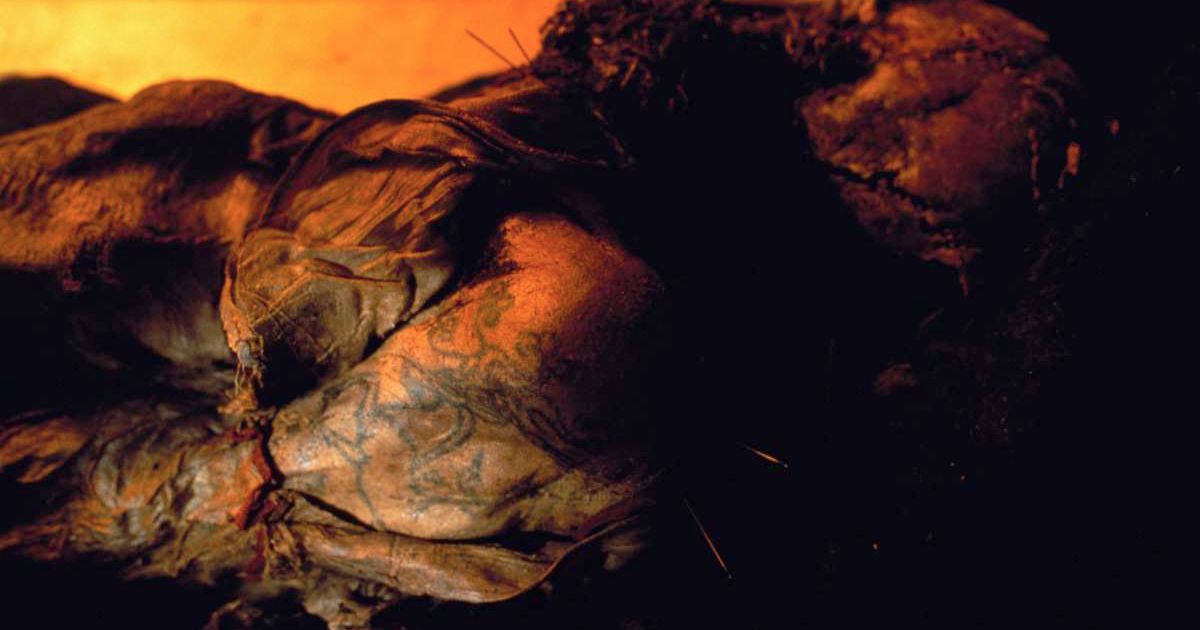
People mostly tattoo things that hold some value in their lives. Researchers are one step closer to understanding a mystery as modern technology is allowing them a closer look at the tattoos of ancient counterparts. Recently, a team of experts analyzed tattoos on a mummy unearthed from central Asia's Altai Mountains. The analysis and its results were published in the journal Antiquity. Through the examination, researchers not only figured out the designs of the tattoos, but also gained insights into the tools used to make them and the expertise of the involved artisans.
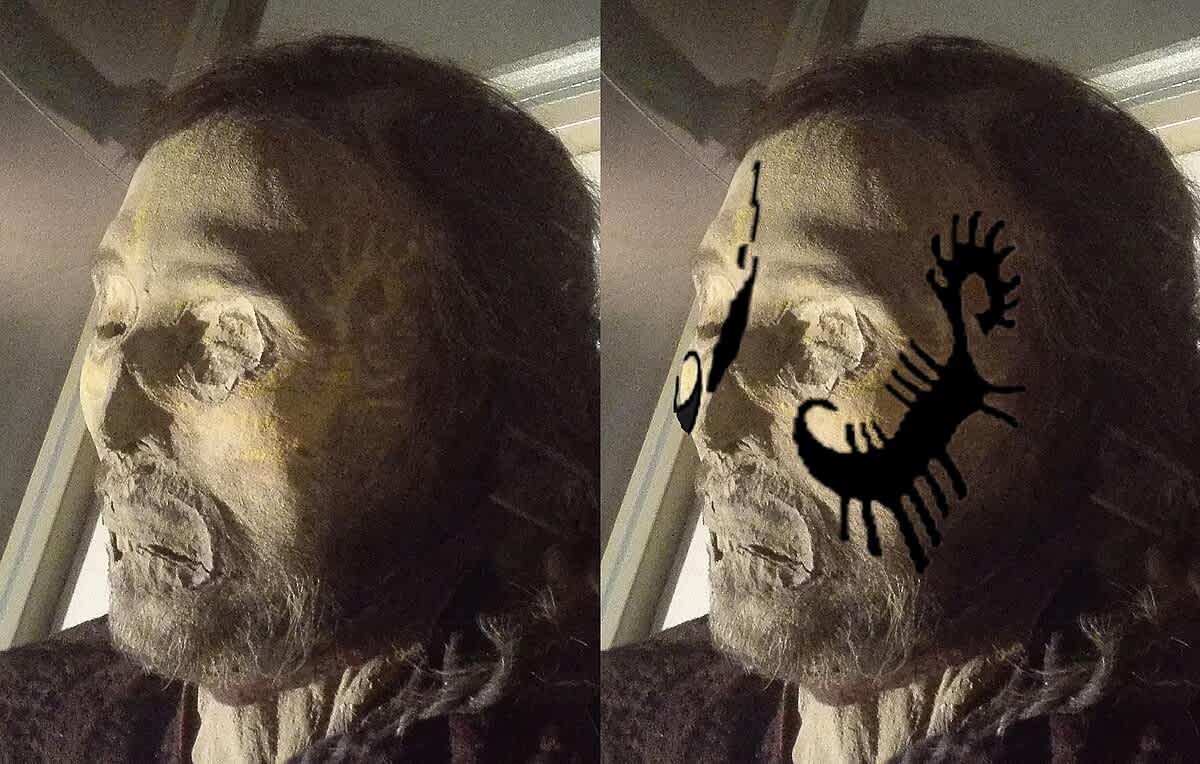
Breakthrough Due To New Technology
The art of tattooing has existed in human cultures for around 5,000 years, according to National Geographic. However, researchers have detected these tattoos, but studying them has been a challenging pursuit, as they often do not survive on humans after so many years. They faded or became invisible due to mummification. For this study, researchers focused on a 2,000-year-old woman's mummy buried in the Altai Mountains. The mummy was uncovered in the mid-20th century, but her tattoos were indecipherable, as no suitable equipment was available for examination. Now, experts have utilized the method of high-resolution near-infrared photography to reconstruct the tattoos and examine them.
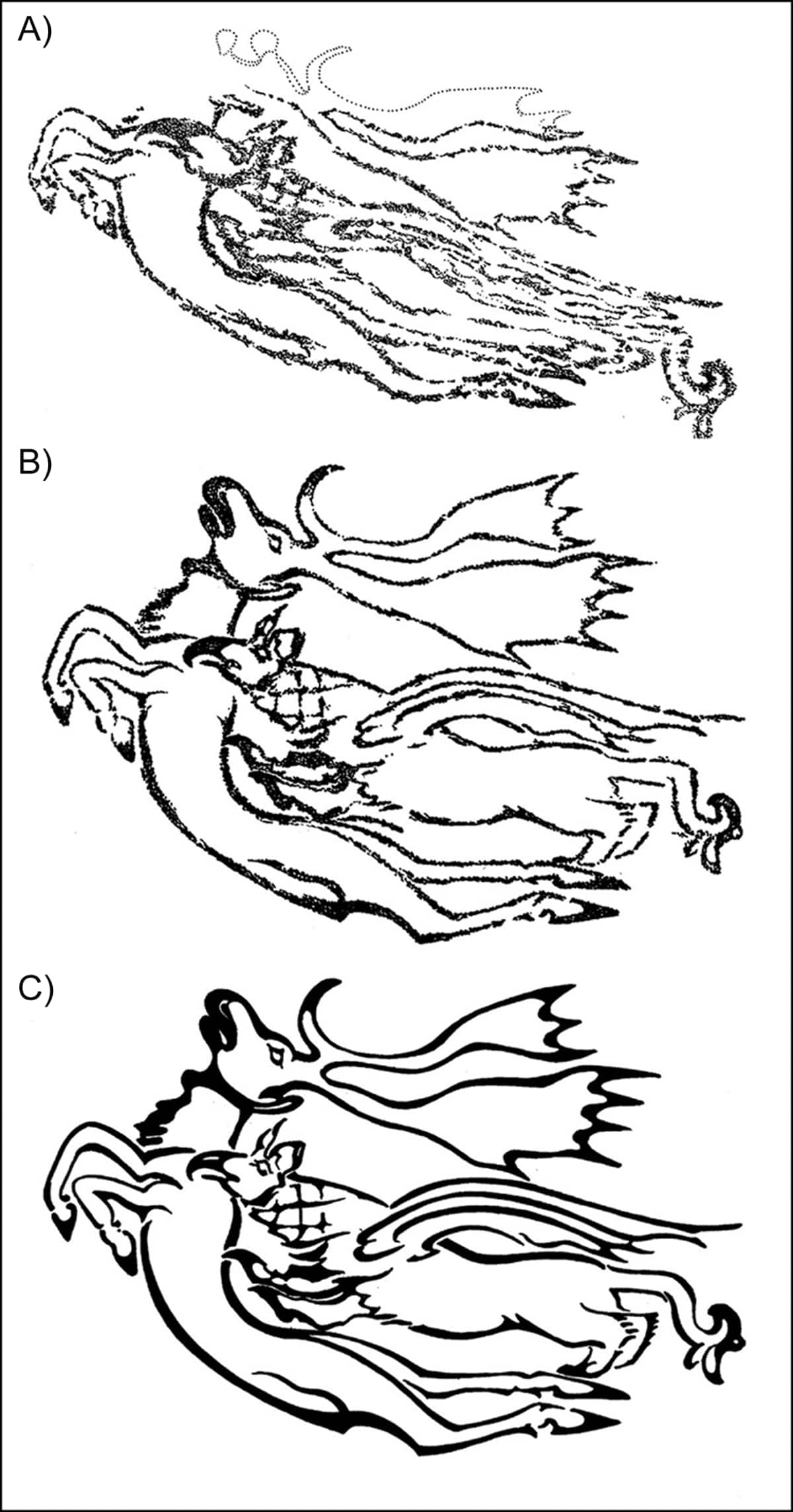
What Were These Tattoos?
Further examinations revealed that the woman was aged 50 at the time of her death and possibly belonged to the nomadic horse-riding Pazyryk people, according to the BBC. This group once inhabited the massive steppe between China and Europe. The woman was found along with other mummies in ice tombs during the 19th century. Researchers detected tattoos on her, but they were not visible to the naked eye. Through high-resolution imaging, they found figures of leopards, a mythical half-lion, a stag, a rooster, and a half-eagle creature. These figures could be reflective of the woman's warrior culture. For the recreations, the team took help from a tattoo artist who drew the figures on his own body for authentic representation.
Lead author Dr Gino Caspari from the Max Planck Institute of Geoanthropology and the University of Bern shared that his team was stunned to see the expertise involved in the tattoos. They were described as intricate, crisp, and uniform by the team. Researchers wanted an in-depth view of the tattoos to understand the maker's abilities and whether the figures reflected any ancient social or cultural practices. For this purpose, they utilized digital photography in the Hermitage Museum in St Petersburg, Russia. It helped them in making high-resolution scans of the decorative features in the tattoos. "This made me feel like we were much closer to seeing the people behind the art, how they worked and learned. The images came alive," Caspari said.
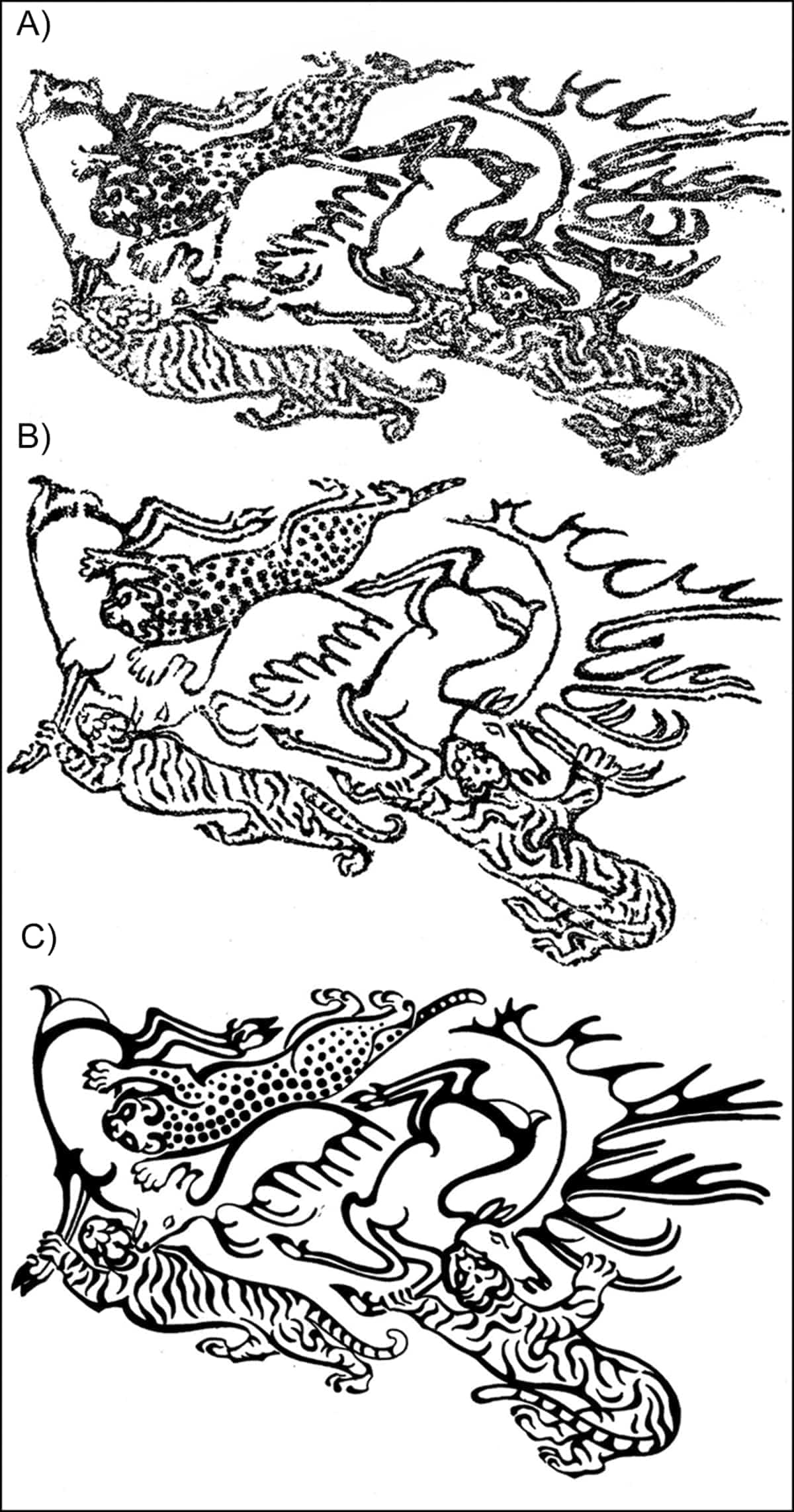
Through the photography, the team determined that the woman's right forearm featured leopards surrounding the head of a deer. For the left arm, they deduced the figure of a mythical creature that has the body of a lion and the head as well as wings of an eagle. This mythical creature appears to be fighting with a stag. The surprising finding, though, was the rooster on her thumb created with an "intriguing" style and "uniqueness," as per Caspari. Researchers could not determine a context for this decoration.
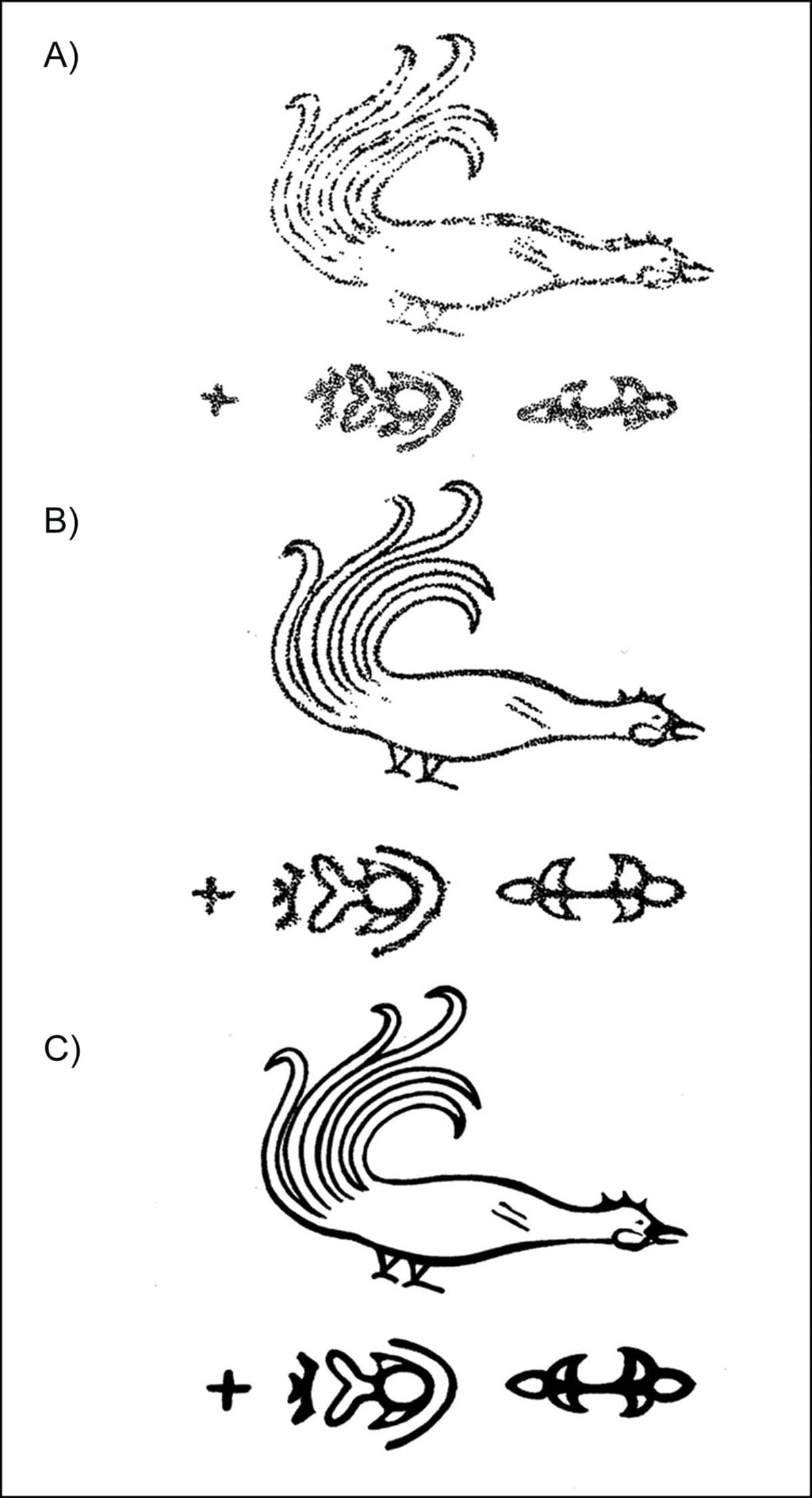
Insights About The Maker
The scans indicated that the tattoos on both hands were either created by different people or at distinct points in time. Caspari claimed that the tattoo on the right forearm had body contours, perspective, and fine detailing. Caspari called them "masterfully composed." It was not the case for the left forearm. He believes either two artists with different levels of expertise were involved, or that the artist created the right tattoo as an experienced professional and the left one early on in their career. However, the team pointed out that even the most basic tattoos present on the woman's body would be hard for today's artists to recreate.
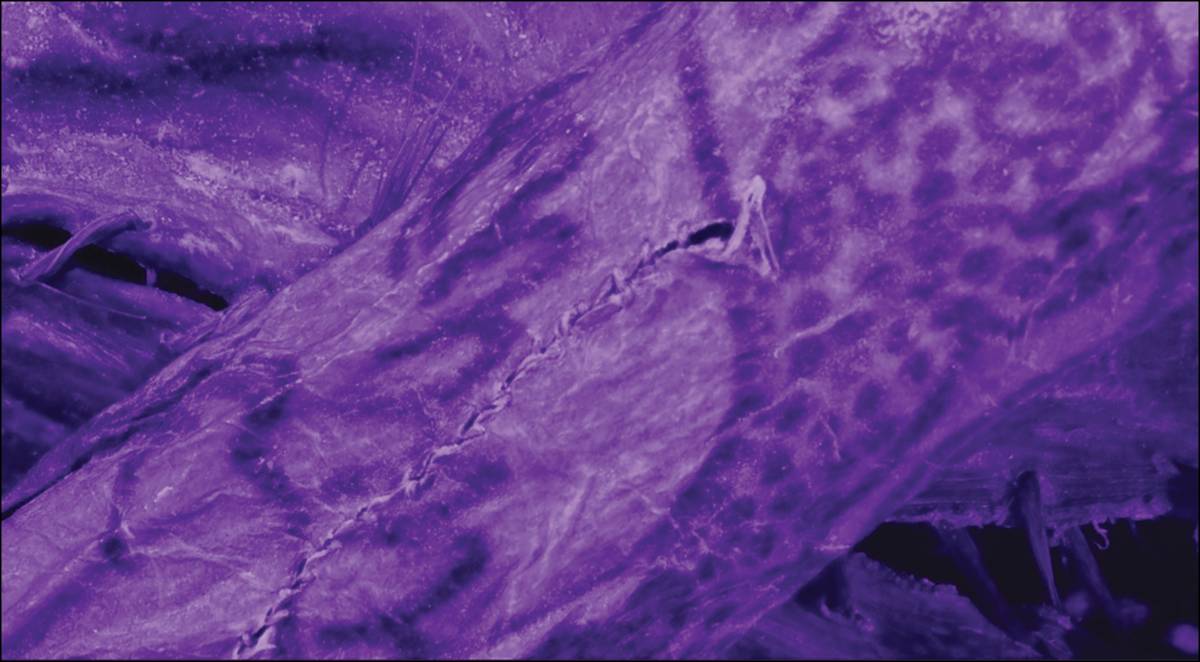
Researchers also claimed that the tattoos took a long time to create. "If I was guessing, it was probably four and half hours for the lower half of the right arm, and another five hours for the upper part," Caspari said. He further stated that the maker knew about health and safety, and regulations to follow while puncturing the skin. The scans suggested that the tattoos were initially stenciled and then imprinted. The team believes a needle-like tool carved from an animal's bone, with multiple points in tandem with a single-point tool, was used for this purpose. The pigment in use could be burnt plant matter or soot. Some tattoos had been defaced, possibly during burial. "It suggests that tattoos were really something for the living with meaning during life, but that they actually didn't really play much of a role in the afterlife," explained Caspari.